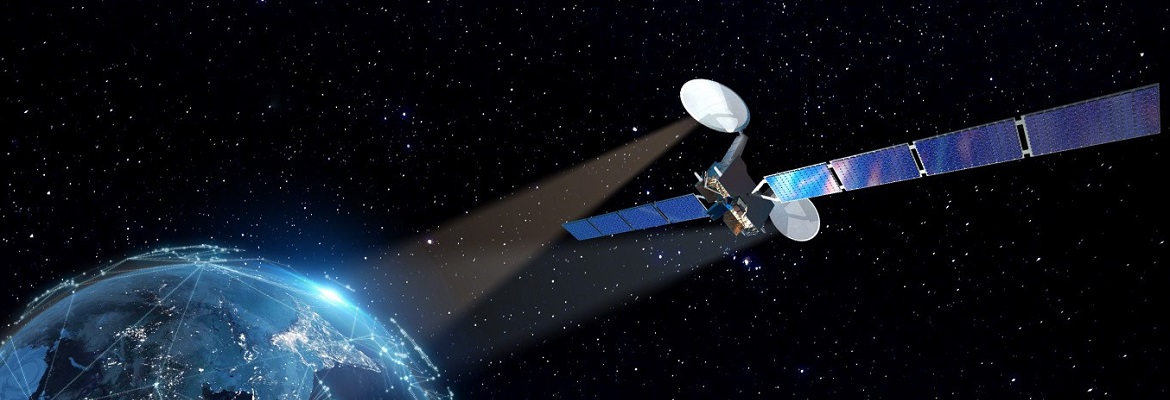Islamabad: Pakistan is set to launch its first Hyperspectral Satellite (HS-1) from the Jiuquan Satellite Launch Centre (JSLC) in China on October 19, the Space and Upper Atmosphere Research Commission (SUPARCO) announced on Wednesday.
According to SUPARCO, the mission marks a major milestone in Pakistan’s national space programme and is expected to enhance the country’s capabilities in agriculture, urban planning, disaster management, and environmental monitoring.
The HS-1 satellite will collect high-resolution hyperspectral data, enabling detailed analysis of crop health, soil moisture, and irrigation patterns. SUPARCO said the technology could improve yield estimation by up to 20%, helping strengthen Pakistan’s food security efforts.
Read: Satellite launch for minerals exploration, flood monitoring
For urban development, the satellite’s sensors will assist in monitoring environmental changes, mapping infrastructure, and tracking urban growth. It will also support sustainable city planning and land-use assessment.
HS-1 will play a key role in disaster management and environmental monitoring by aiding in flood prediction, landslide tracking, and post-disaster assessments. Its imaging capabilities will also help in transportation analysis and water resource management, particularly across northern Pakistan.
The new satellite will join Pakistan’s growing remote sensing fleet, which includes PRSS-1 (launched in 2018), EO-1 (January 2025), and KS-1 (July 2025). SUPARCO said the mission aligns with its Vision 2047 and the National Space Policy, aimed at advancing Pakistan’s role in space technology and sustainable development.







